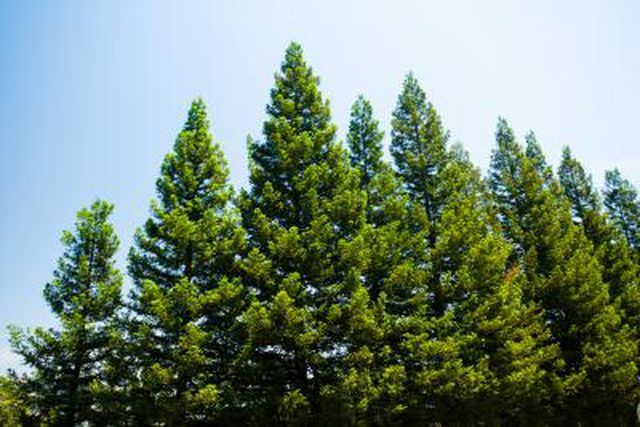Bulbs
Flower Basics
Flower Beds & Specialty Gardens
Flower Garden
Garden Furniture
Garden Gnomes
Garden Seeds
Garden Sheds
Garden Statues
Garden Tools & Supplies
Gardening Basics
Green & Organic
Groundcovers & Vines
Growing Annuals
Growing Basil
Growing Beans
Growing Berries
Growing Blueberries
Growing Cactus
Growing Corn
Growing Cotton
Growing Edibles
Growing Flowers
Growing Garlic
Growing Grapes
Growing Grass
Growing Herbs
Growing Jasmine
Growing Mint
Growing Mushrooms
Orchids
Growing Peanuts
Growing Perennials
Growing Plants
Growing Rosemary
Growing Roses
Growing Strawberries
Growing Sunflowers
Growing Thyme
Growing Tomatoes
Growing Tulips
Growing Vegetables
Herb Basics
Herb Garden
Indoor Growing
Landscaping Basics
Landscaping Patios
Landscaping Plants
Landscaping Shrubs
Landscaping Trees
Landscaping Walks & Pathways
Lawn Basics
Lawn Maintenance
Lawn Mowers
Lawn Ornaments
Lawn Planting
Lawn Tools
Outdoor Growing
Overall Landscape Planning
Pests, Weeds & Problems
Plant Basics
Rock Garden
Rose Garden
Shrubs
Soil
Specialty Gardens
Trees
Vegetable Garden
Yard Maintenance
How to Neutralize Soil Under Pine Trees
How to Neutralize Soil Under Pine Trees. As pine trees age, they deposit bark and pine needles over their soil around the base of the tree. Over time, this soil can build up into a thick layer. As this natural mulch decomposes, it can become very acidic, making the soil beneath it acidic as well. Because pines prefer neutral soil, and because 90...

As pine trees age, they deposit bark and pine needles over their soil around the base of the tree. Over time, this soil can build up into a thick layer. As this natural mulch decomposes, it can become very acidic, making the soil beneath it acidic as well. Because pines prefer neutral soil, and because 90 percent of their roots are in the top 12 inches of the soil, the acid in the soil can inhibit a pine tree’s development. Fortunately, neutralizing soil under a pine tree is not complicated.
Things You'll Need
Shovel
Core aerator
Sulfur
Rake
Garden hose
Sprinkler
Test your soil to determine the pH level. Contact your local county extension service to find out where to submit a soil sample, and the preferred method of testing the soil. A soil test will tell you what amendments to add to the soil to raise the pH. Typically lime is recommended to raise the pH of soil.
Set the core depth on a soil aerator by turning the depth control knob on the aerator. The aerator will remove cores of soil and place holes in your turf without damaging the roots below it. Set your aerator no more than 1 inch deep to avoid damaging shallow pine tree roots.
Turn the core aerator on by pulling the starter rope on your machine. Push the aerator around the tree in sections. Be careful not to damage the trunk or visible roots of the tree as you aerate the soil.
Spread lime over your soil with a rake and shovel. Use the amount recommended by the soil test in step 1.
Water your soil with a garden hose to wash the sulfur into the cores.
Tips & Warnings
Rent a core aerator from your local garden center. A core aerator removes plugs of soil from around your tree’s root zone without damaging the roots.
Not all pine trees prefer neutral soil. Trees such as spruce prefer acid soil. Make certain that your pine is a species that prefers neutral soil before neutralizing the soil.